In Portugal, the grape varietals range is easily above the 250 native varietals, most of which are territorially linked to Portugal for hundreds of years of natural selection. Here's a list of the Portuguese Grape Varieties and their characteristics.
The Portuguese winemaking heritage is strongly rooted in the country's identity from North to South. All the wine countries inherited a whole different universe of native grape varietals, some countries thou decide to reduce that spectrum and even import international varietals to make their wines easy to be categorized and to fit into the consumer's mass taste and demand. In Portugal, the grape varietals range is easily above the 250 native varietals, most of which are territorially linked to Portugal for hundreds of years of natural selection.
The internationally renowned Chardonnay, Sauvignon Blanc, Cabernet, Merlot, Pinot Noir, and even the (nowadays) widely used Syrah, are recent additions to Portuguese winemaking. Did you know that in the USA about 82% of the wine comes from less than 10 grape varietals? And why is that? Well, the obvious reason is globalization. People tend to feel more comfortable buying familiar and simple wines rather than those made out of obscure varietals. This global uniformization, make wines simple to taste and understand, and ultimately that means more sales.
In Portugal, the majority of the wines produced are still based on the native grape varietals like:
White Portuguese Grapes
Encruzado: alcoholic white grape from the Dão.
Malvasia Fina: aromatic white used all over Portugal including white port
Moscatel de Setúbal: originally introduced by the Romans, in Península de Setúbal, makes light summery wines;
Sercial: the main grape used in Madeira fortified wines;
Verdelho: noble white varietals of Madeira. Australia is growing this Portuguese varietal too;
Alvarinho: grown in Northern Portugal and used for Vinho Verde, high quality.
Red Portuguese Grapes
Bastardo: – literally: "bastard". This grape is grown in the Douro and Dão;
Tinta Barroca: Now grown in South Africa, this ancient grape varietal, grown in the Douro for hundreds of years is one of the blender grapes for most of the Port Wines;
Aragonês: In Portugal, it is used widely in Port and still reds in the Alentejo table wines;
Tinto Cão: Douro grape is also being used to make high quality still red wines;
Touriga Nacional: One of the main and best grapes grown in Portugal. Mainly in Douro Valley for port wines;
Trincadeira Preta: also called Castelão Francês;
Vinhão (Souzão Douro Valley): from Vinho Verde and Minho regions.
Leaving a note as the title of curiosity, that many wine lovers don't know is why the green wine is called Vinho Verde, find out here.
Why book now your tour? Because by booking all your tours with us you will have flexibility in the future, plus all the COVID-19 Health & Safety Guidelines. Through these unique times, we are available to plan, reschedule, and move your trip around your needs, as always. If your new dates may no longer work with your initial travel plan, a dedicated consultant will be available to tailor and reschedule your time in Portugal according to your needs and preferences, and to assure you that you will have the best and most memorable experiences.
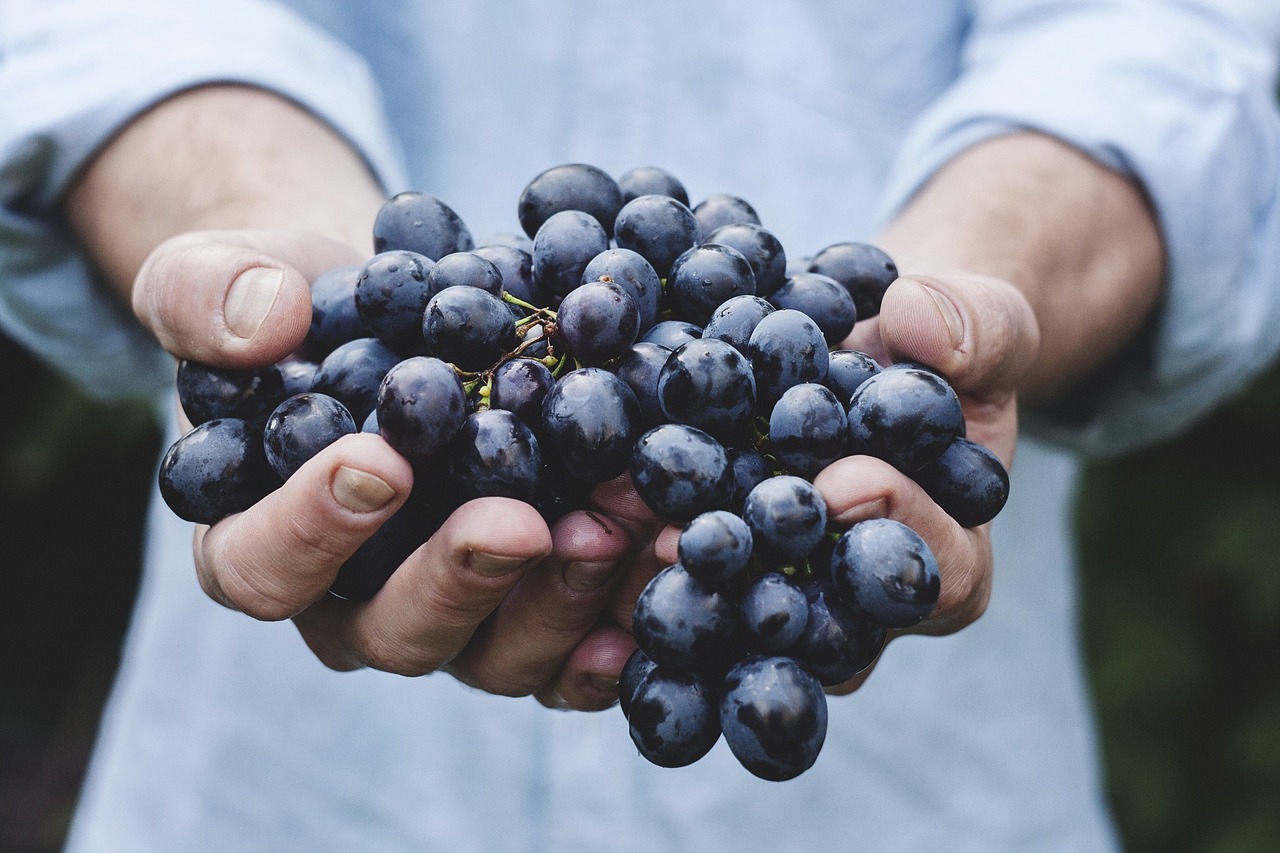

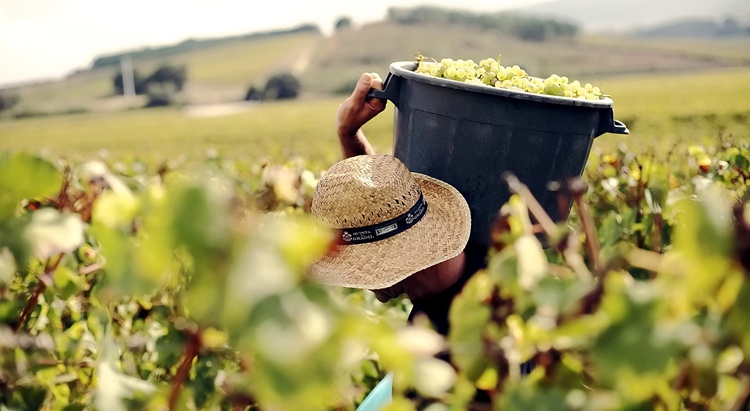
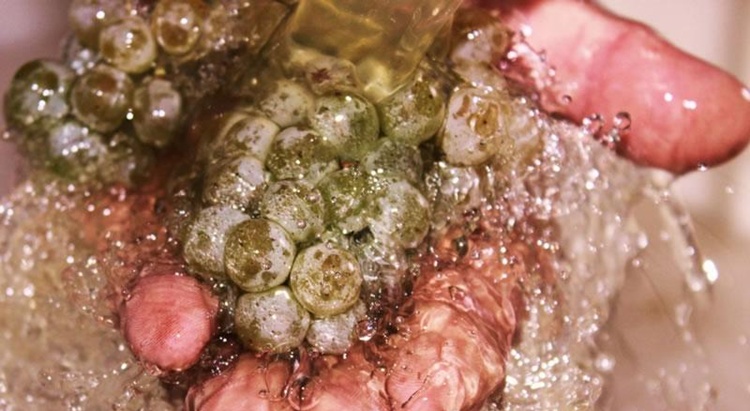
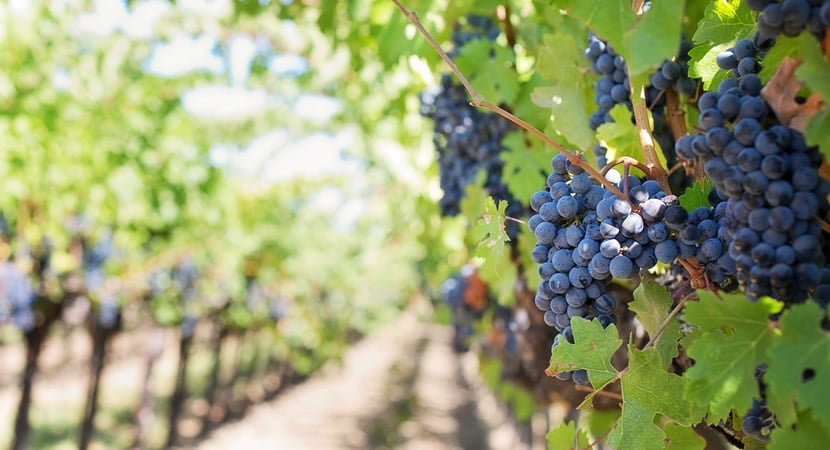
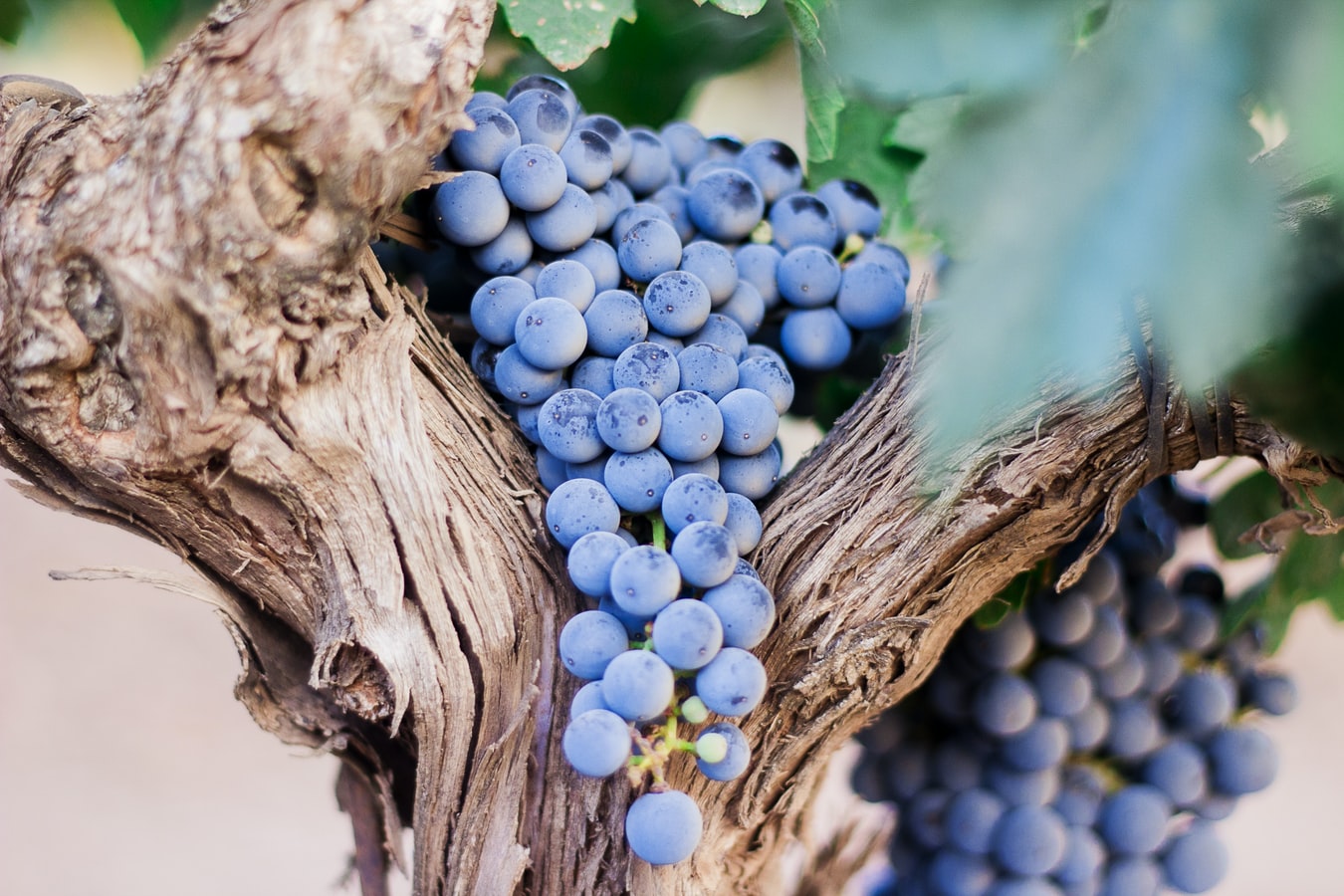



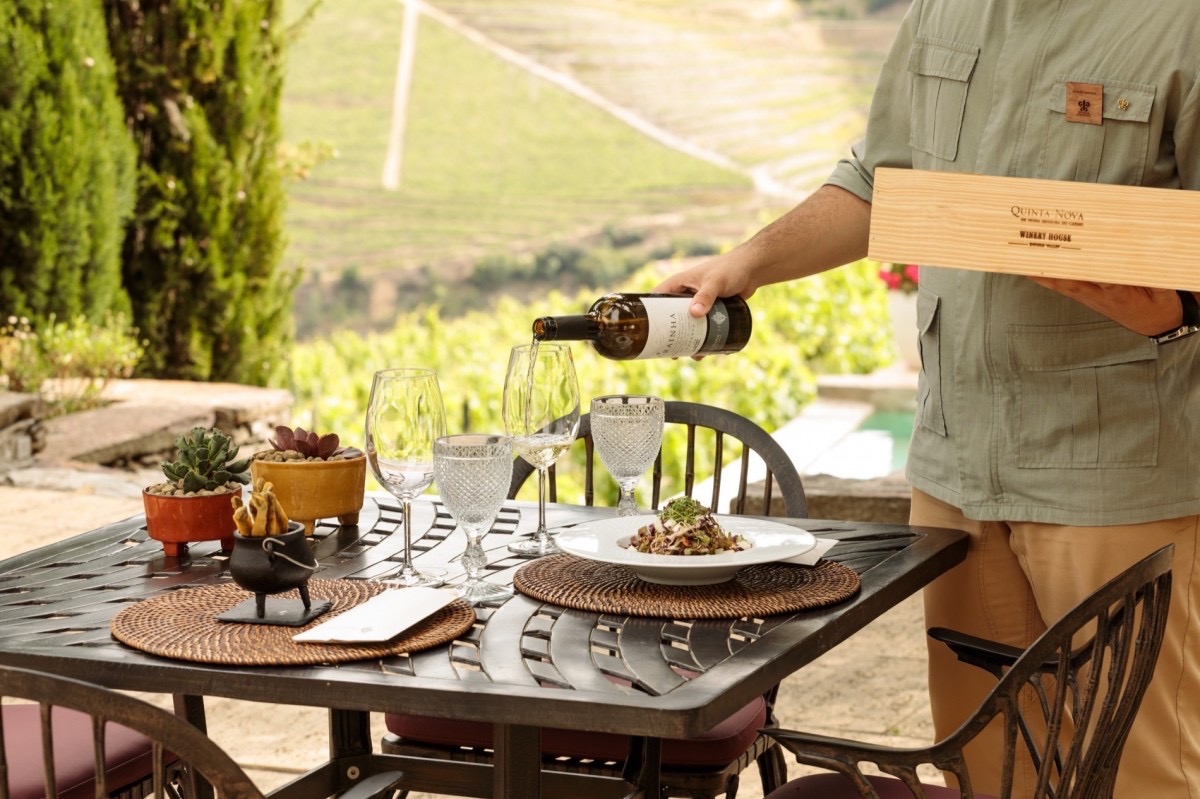
.jpg)



